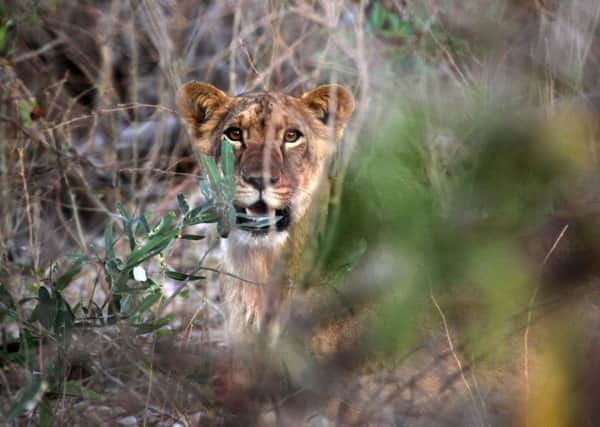West African lions put on critical list


Philipp Henschel, lion survey co-ordinator for the New York-based Panthera conservation group, caught no sight of a lion in three years of searching until he came across one in of all places, Nigeria.
“It came as a big surprise because Nigeria has by far the biggest human population on the continent, and the national parks are fairly small compared to others in West Africa that already have lost their lions,” Mr Henschel said.
Advertisement
Hide AdAdvertisement
Hide Ad“Everyone was excited, including rangers from Nigeria’s National Park Service – it was the first time they had seen one too.”
That was in 2009. The count was depressing: 25 to 30 lions left in Kainji Lake National Park in west-central Nigeria and only about five in the east-central Yankari National Park.
Three years earlier, Nigerian conservationists had reported lions present in six protected areas, but they had apparently disappeared in four of them, Mr Henschel said.
Mr Henschel has gone on to survey all 21 protected areas believed to be home to lions in West Africa.
He has seen only nine lions in four reserves, including Senegal’s Niokolo-Koba National Park and the trans-frontier Pendjari and Arli National Parks of Benin and Burkina Faso.
His research, published last year, reported that lions no longer exist in 99 per cent of their historic range in West Africa - a finding that prompted the International Union for Conservation of Nature to put the lions of West Africa on its Red List as critically endangered.
Research shows sharp declines since 1990 in nearly all lion populations in West and Central Africa, and that both regions risk losing half their lions within the next two decades.